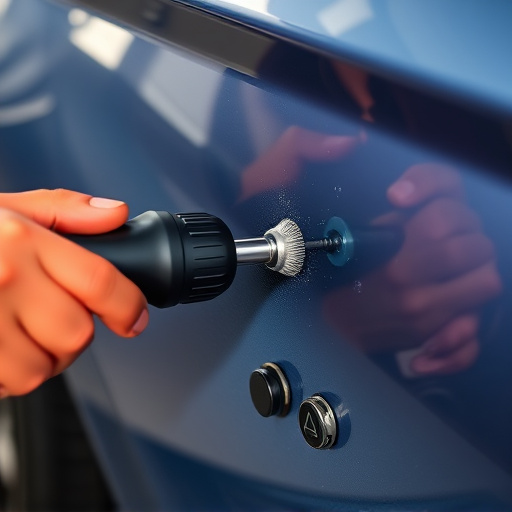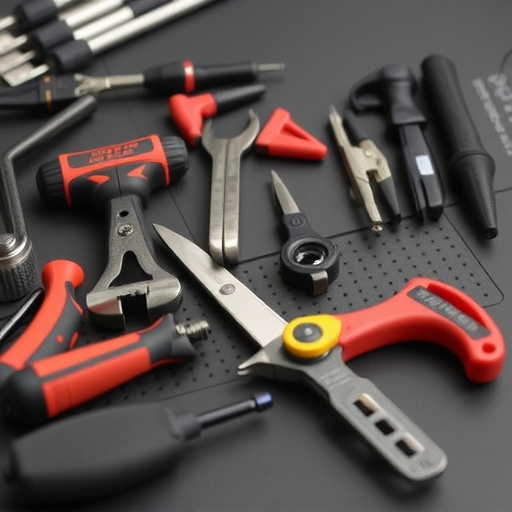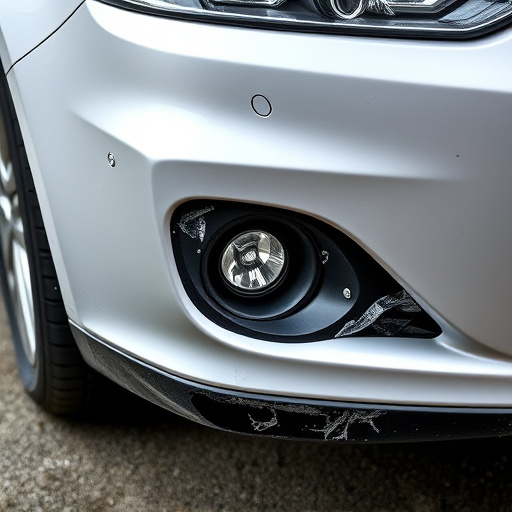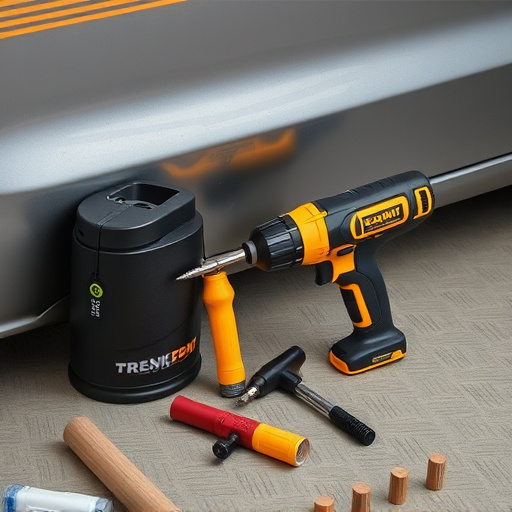Customer feedback is a powerful tool for auto body shops to optimize airbag system repair services, build trust, and foster loyalty. By analyzing both positive and negative experiences, shops can identify recurring issues and enhance their processes, including communication, turnaround time, cost transparency, and convenience. This data-driven approach leverages client interactions to improve airbag system repair quality, ensuring high safety standards while building lasting customer partnerships.
In the realm of automotive safety, airbag system repair stands as a critical service, continually evolving based on customer feedback. This article delves into the strategic utilization of customer insights to enhance airbag repairs. We explore how understanding client feedback, from initial queries to post-repair experiences, can lead to significant improvements in service quality. By analyzing trends and implementing targeted changes, auto shops can ensure optimal airbag system repair, fostering customer trust and satisfaction.
- Understanding Customer Feedback in Airbag System Repair
- Analyzing and Implementing Feedback for Enhanced Services
- Measuring Success and Continuous Improvement Strategies
Understanding Customer Feedback in Airbag System Repair

Customer feedback plays a pivotal role in refining airbag system repair services. By closely listening to and analyzing customer experiences and suggestions, repair shops can identify recurring issues and areas for improvement within their auto bodywork processes. This data-driven approach ensures that every interaction with clients contributes to enhancing the overall quality of airbag system repairs.
Understanding customer feedback involves more than just addressing complaints; it’s about recognizing patterns in positive and negative reviews related to auto dent repair and car dent repair processes. Customers often provide valuable insights into communication, turnaround time, cost transparency, and the overall convenience of services. Incorporating these feedback elements can transform airbag system repairs from a transactional experience into a service that fosters customer loyalty and builds trust within the auto industry.
Analyzing and Implementing Feedback for Enhanced Services

Customer feedback plays a pivotal role in refining and enhancing airbag system repair services within vehicle body shops and collision repair centres. By meticulously analysing the insights provided by clients, these facilities can identify areas for improvement and implement targeted changes. This process involves sifting through reviews, survey responses, and direct communication to extract valuable information. For instance, customers might highlight lengthy wait times, inadequate communication during the repair process, or concerns about the quality of replacement parts.
Once identified, these pain points can guide the shop’s strategy. They may choose to invest in more efficient inventory management systems to reduce turnaround time, hire additional staff for improved customer interaction, or partner with trusted suppliers to ensure the use of high-quality airbag components. This data-driven approach allows the airbag system repair services to cater better to their customers’ needs, fostering trust and loyalty in what is often a sensitive and critical aspect of vehicle maintenance—especially following a collision.
Measuring Success and Continuous Improvement Strategies

Measuring success in airbag system repair is multifaceted. It involves not just the technical accuracy of repairs but also customer satisfaction and safety standards. Key performance indicators (KPIs) could include repair time, precision of work, and customer feedback scores. A well-run collision center or car body shop should strive for consistent, high-quality outcomes, minimizing errors and delays. Regular quality checks and training sessions can ensure that repairs meet manufacturer guidelines and industry standards.
Continuous improvement is a dynamic process integral to any successful vehicle repair service. Shops should encourage open communication with customers, gathering feedback on their experiences. This data can be leveraged to refine procedures, upgrade equipment, and retrain staff as needed. By adopting these strategies, airbag system repair services can not only meet but exceed expectations, fostering trust and loyalty among clients and ensuring the highest level of safety in vehicle repairs.
Customer feedback is a powerful tool for enhancing airbag system repair services. By meticulously analyzing customer experiences, repair shops can identify areas for improvement, ensuring safer and more efficient repairs. Implementing these insights leads to better-satisfied customers and improved service quality. Continuous measurement and adaptation are key to staying ahead in the market, making airbag system repair services more reliable and responsive to evolving needs.














